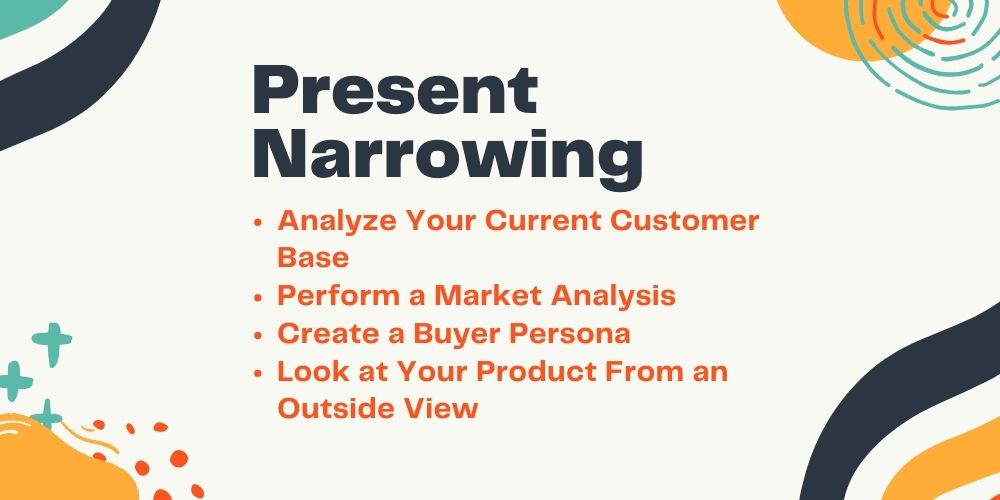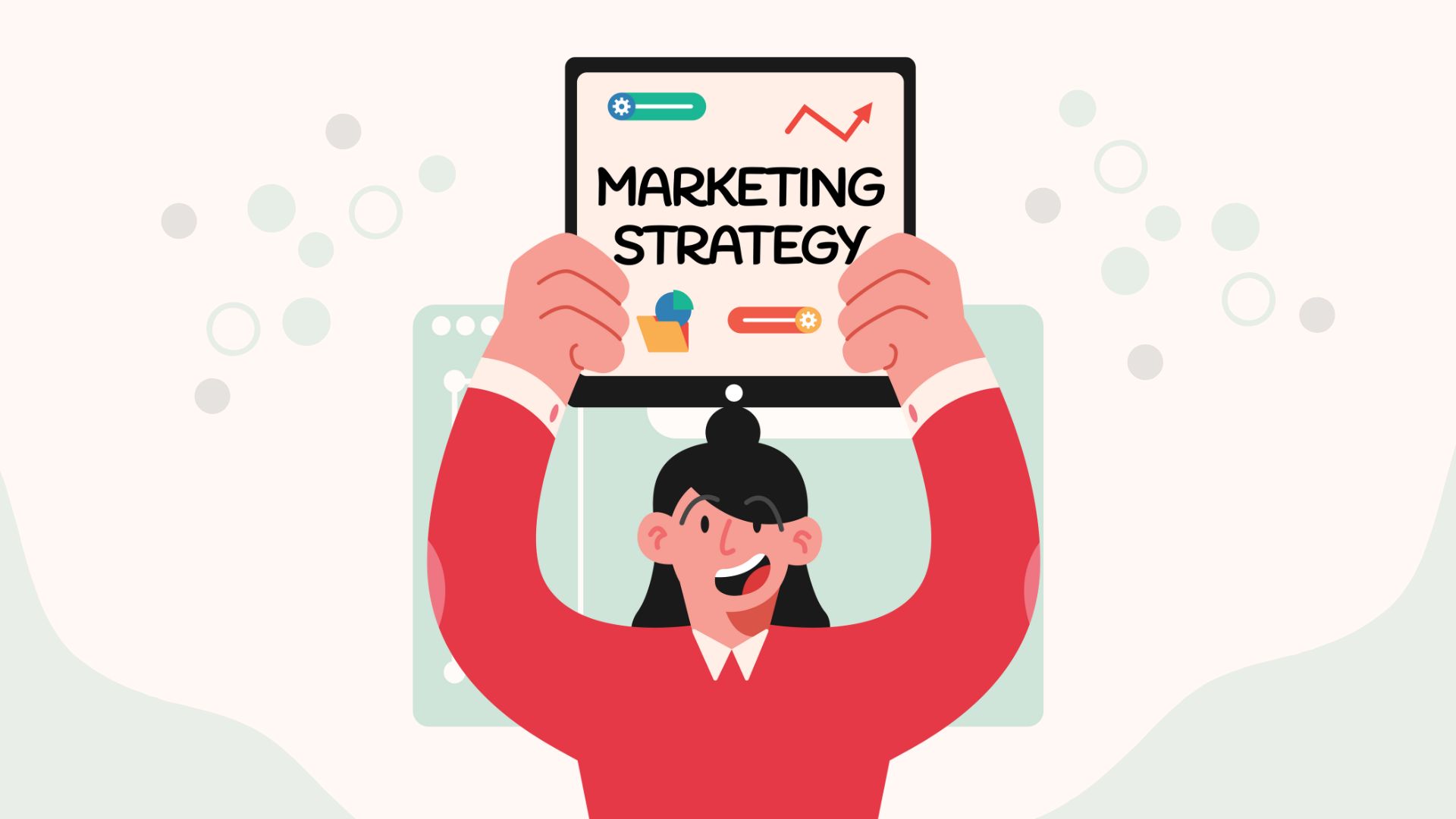Tips for Narrowing (and Later Expanding) Your Target Market
Board target audiences are the enemy of small businesses. If you need to know how to narrow yours and expand it again later, this guide is just for you.
One of the biggest mistakes new companies make is going too broad with their targeting. While it might seem like the smart play to attempt to reach the largest market possible, it’ll actually hurt you. No matter what you sell, it’s not for everyone. Trying to sell something to consumers who aren’t interested in it is a huge waste of marketing funds.
Instead, you need to focus on groups who actually want what you have to sell. Once you’ve nailed down that target market, you can then look into expanding it a bit. Either way, if you need help learning how to narrow and later expand your target market, these tips are just for you.

Present Narrowing
Before considering any future developments for your target audience, we need to refocus your current efforts. Casting a wide net is never a good idea for a small business. Narrowing things down will bring you a much higher rate of success, so here’s how you should go about it.
Analyze Your Current Customer Base
Although your initial targeting was a bit too broad, there’s a good chance you’ve already hit your ideal target audience. That means you’ll need to look through your current customer base to see who’s buying from you.
When doing this, it’s vital to set your sights on groups that buy from you consistently. It’s easy to get caught up with the few individuals who spend tons of money on your products. However, to achieve sustained growth, you should hit audiences with a larger percentage of people interested in your products. This will help ensure that your marketing efforts are more successful overall instead of wasting money on people who don’t care about what you offer.
During this research, you might realize that you have a few potential groups you can target. Unless you have the capital to go after each one individually, you should focus on the most promising one. Don’t forget about the others entirely, though. They’ll come in handy later.
Perform a Market Analysis
If you can’t find a solid demographic within your current customer group or haven’t gained a large enough consumer base to analyze fully, you’ll need to perform a market analysis. This is when you ask yourself questions that’ll help you define your target audience.
You already know the features your product line has, but how will they help your potential customers? If the group you were considering targeting won’t benefit from those features, they won’t take a significant interest in your company. You need to figure out who these people are.
This will be easy to figure out when your market already has competitors. All you need to do is determine who they’re targeting and mimic what they do. However, since attempting to steal their customers will be difficult early on, it’s better to find similar demographics that don’t like your competitors’ products and focus on acquiring them. You might need to alter your product line or marketing to do so, but this strategy is highly effective.
If your industry doesn’t have much competition or you’d rather not encroach on a larger company’s territory right away, do some standard market research. This can help narrow your targeting. Search online or talk to focus groups to figure out who has the problems your products can solve. Once you have an idea, you can focus your marketing on that group.
Create a Buyer Persona
Once you have a target market in mind, it’s time to create a buyer persona. This is when you make a fake ideal customer who would absolutely love your product. With the information you’ve gathered, you should have an easy time coming up with their age, gender, location, and job title. If you want to get more specific, you can also include things like family, hobbies, and frustrations. The more descriptive you are, the clearer your target audience will become.
With this kind of information, you can better determine what kinds of hardships they might face and where you can target them. Obviously, not every customer will align perfectly with the persona you’ve created, but there will be many similarities between them.
Look at Your Product From an Outside View
During the entire narrowing process, something to keep in mind is that your customers aren’t a part of your business. They won’t see your products the same way you do. You need to adopt a customer-sided mindset to see things how they’ll view them.
Obviously, it can be difficult to remove yourself from your own company like this, so ask a family member or friend who doesn’t work for you how they’d view your product. To take it a step further, you could even survey your current customers to see what they think. As long as you can see your products from a different point of view, the method you use won’t matter.

Future Expansion
Now that we’ve covered the tips you need for narrowing your current target market, it’s time to start planning for the future. Here are some ways you can expand your target market in the future. Just make sure your business is stable before proceeding with any of these suggestions.
Study Your Analytics
By the time you’ve reached the point where you start considering expansion, you’ve probably built up quite the consumer base in your niche target audience. This means you probably have tons of customer data. If you haven’t been keeping a close eye on this, you need to learn more about how vital data collection is for defining your target audience.
Once you’ve gathered this data, you’ll likely notice that much of it is very similar to the buyer persona you created when narrowing your market. It’s time to use that to your advantage again.
While it’s good to see that your narrowed focus has brought in lots of business, you’ll want to focus more on the customers who don’t align with your original persona. If you start to see patterns in the ones that don’t match up well, you might have just discovered a new target audience that you can pursue. Be sure to start small with your initial marketing, but if sales drastically increase, you know this new demographic will be worth targeting more in the future.
Redefine Your Target Market
When comparing your consumer base to your original persona, you might realize that not many of your customers actually align with it. Initially, this might seem like a bad thing, but you can quickly turn that around for yourself by redefining your target market.
Create a new persona based on your current customers to refocus your marketing efforts to expand fully into this new demographic. Doing this should significantly boost your sales and help you discover even more groups that might have an interest in your products.
Create a New Brand
Sometimes, though, things can go a step further. One problem that some companies run into is the realization that a completely different group has taken an interest in their products. For example, if you sell female skin care products that a large group of men like, you won’t want to neutralize the gender focus you currently have. This will alienate the women who still regularly use your products.
Instead, you should create a male-focused brand for the same products. You can either change them up slightly for the new demographic or keep them exactly the same. As long as you create a new brand name for them to go under, you should still pull in sales from both groups.
Join Forces With Similar Businesses
Our final suggestion for market expansion is to create a partnership with a similar or complementary business. The best option for you will vary depending on your industry, but doing this will introduce your brand to a whole new group of potential customers.
If a company they already know and trust claims that your products are great and work well with what they offer, you’ll have a huge influx of new customers. Of course, you’ll have to do the same for them, but as long as you pick the right business to partner with, you shouldn’t have to worry about losing your customers to them.
